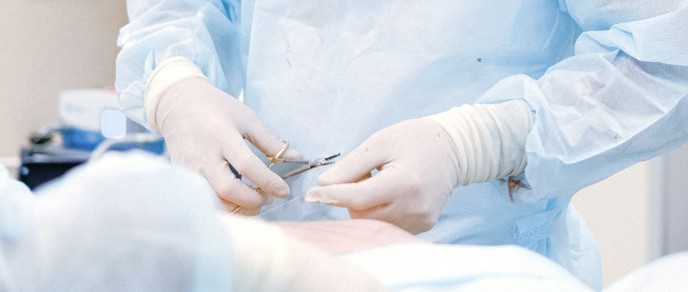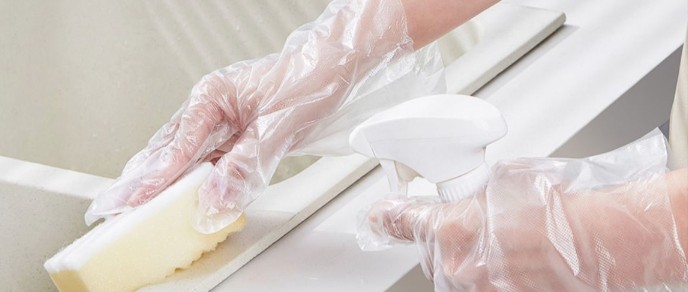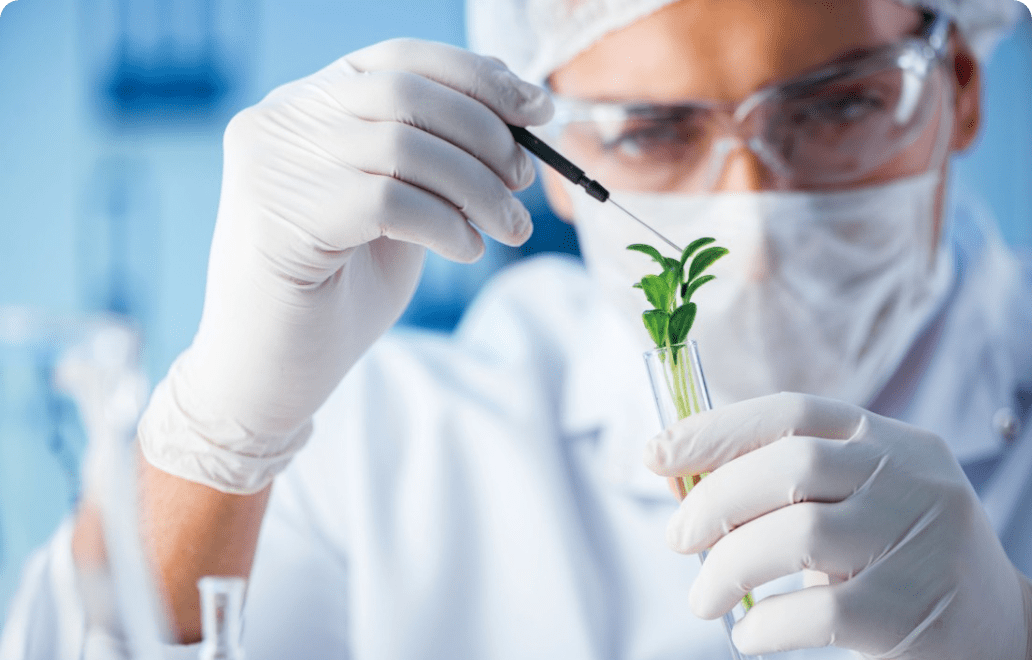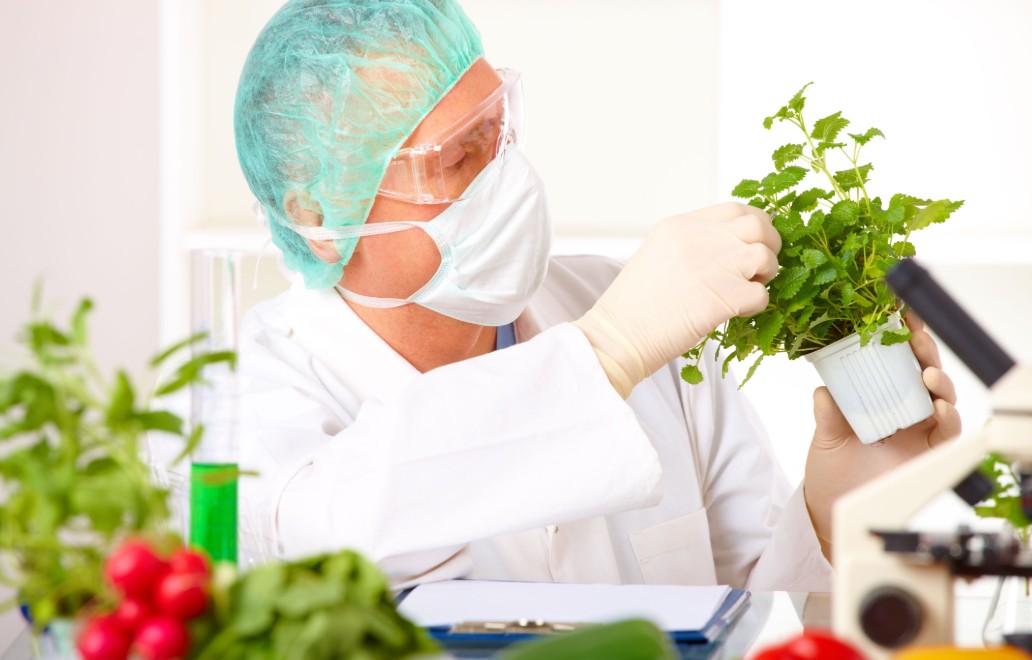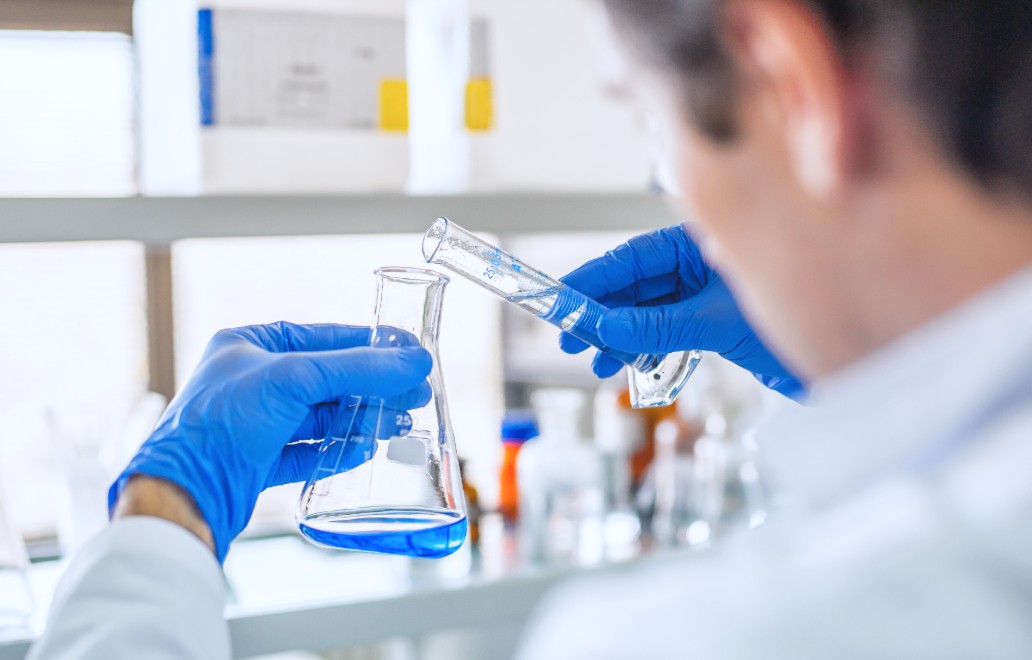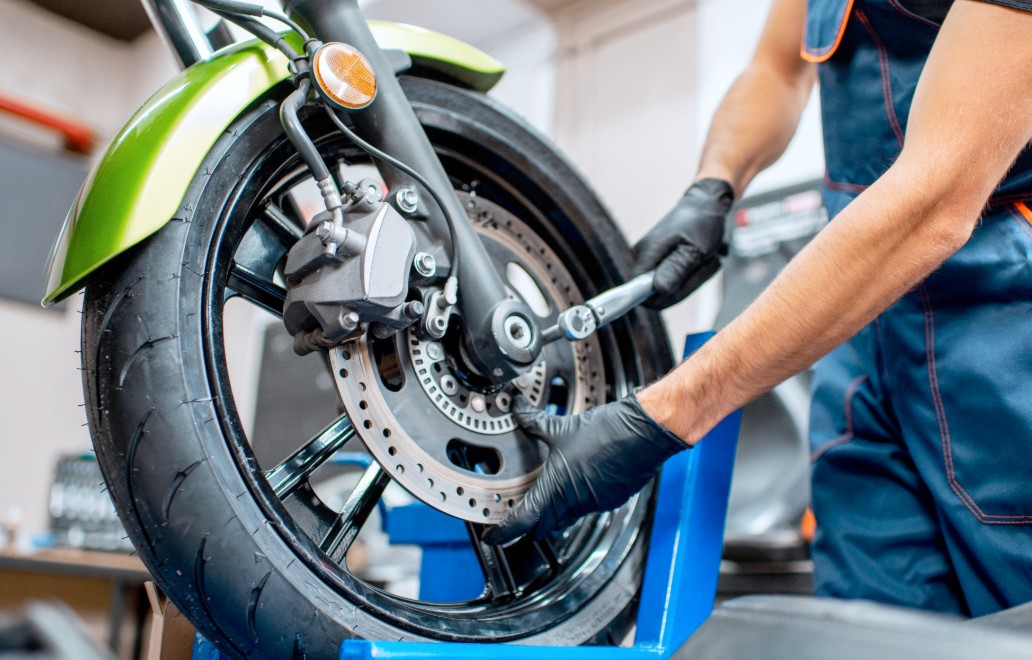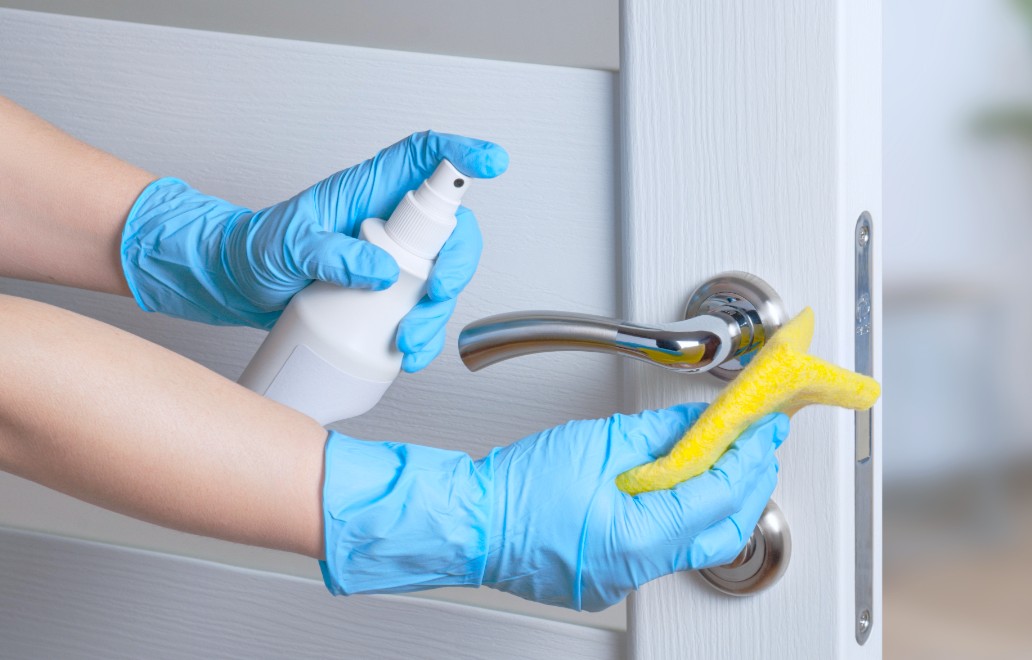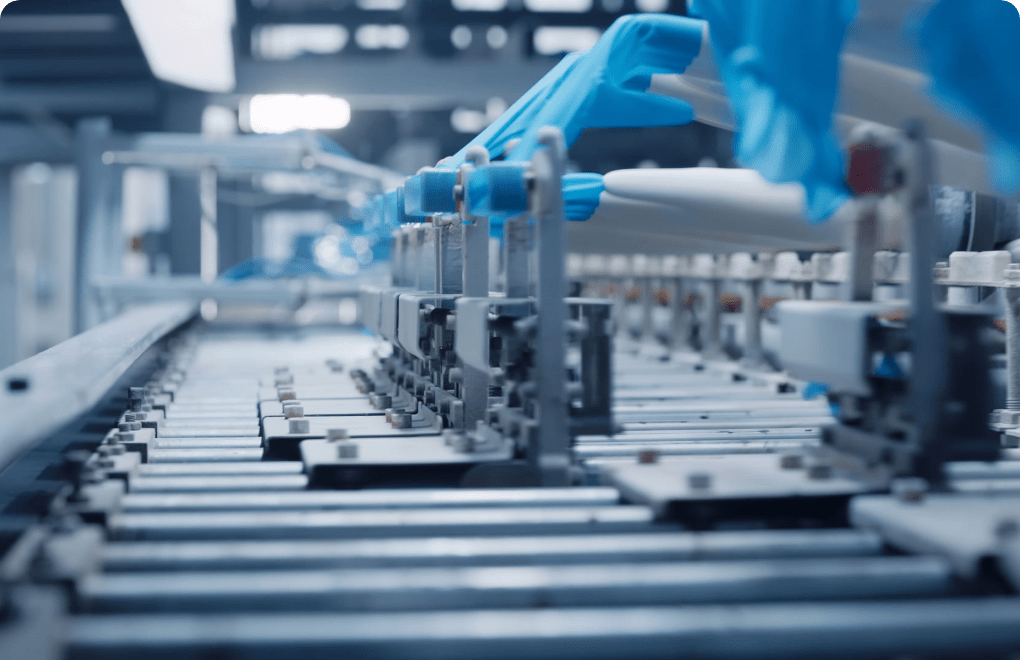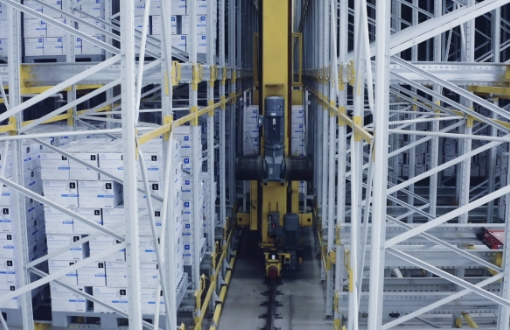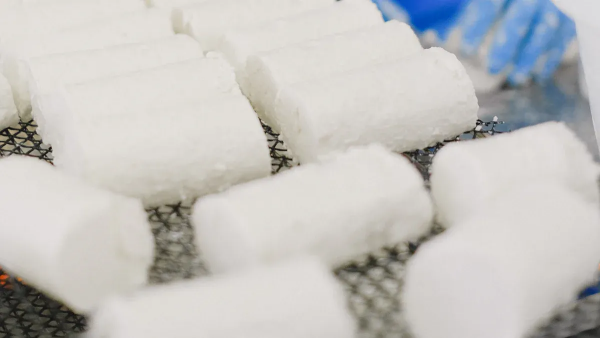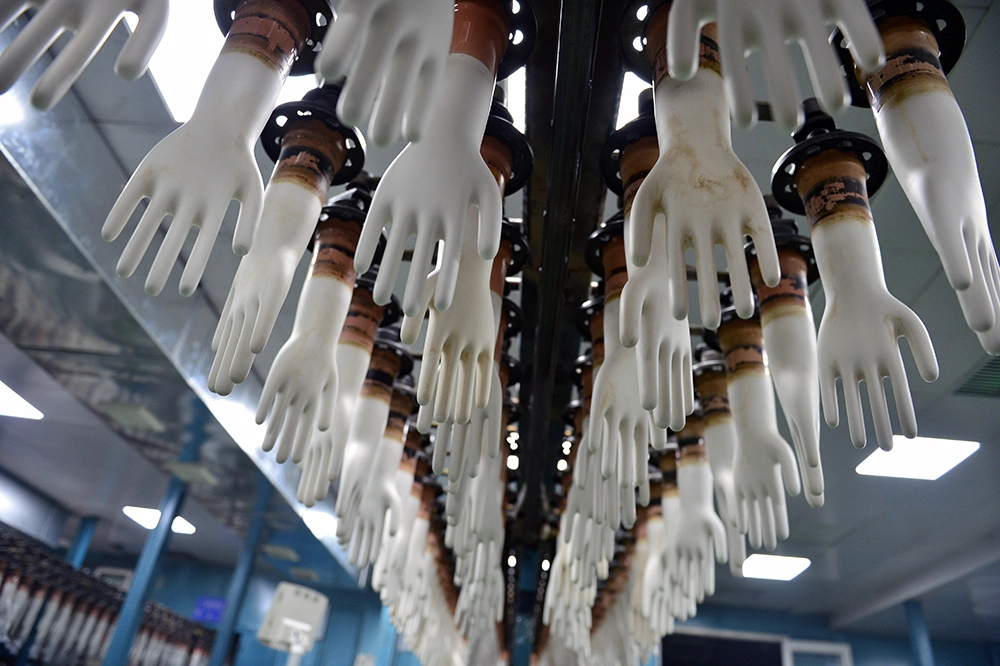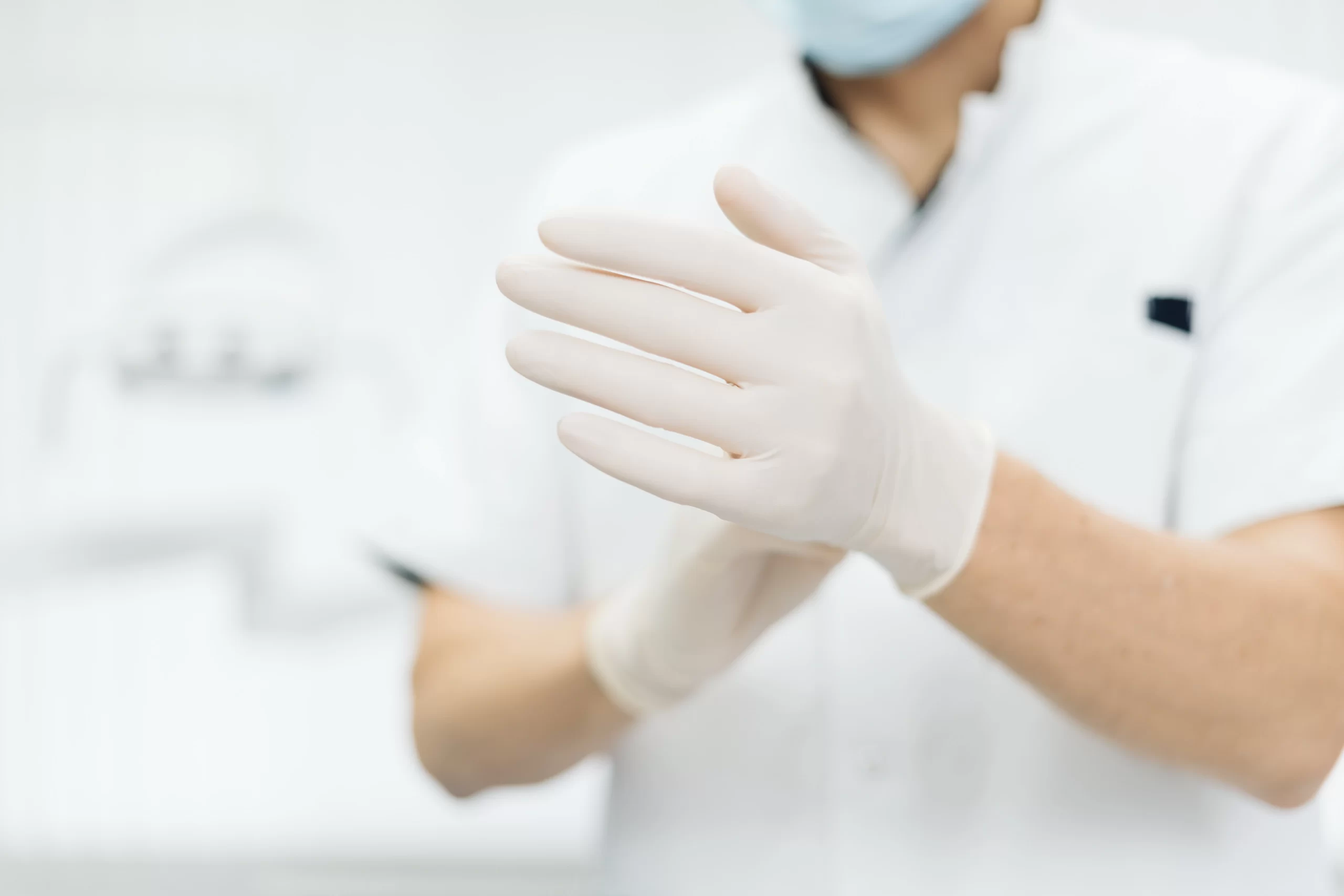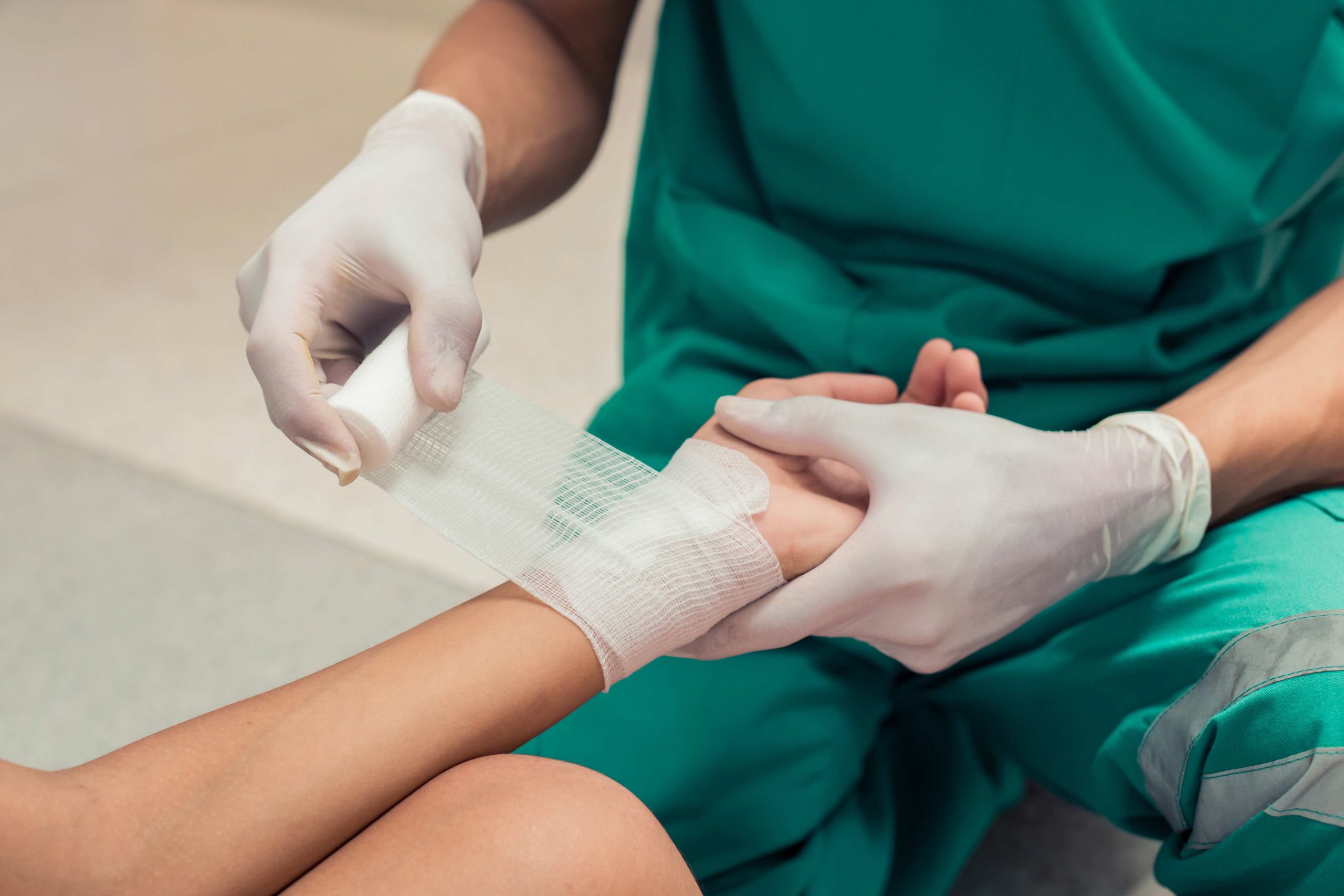Glove products
Latex Gloves Manufacturing: How Rubber Gloves Are Made
Latex glove manufacturing turns raw latex into vital gear for protection and cleanliness. You might not notice, but the worldwide need for these items is soaring. It grows steadily at 6.77% each year. This rise shows their value in healthcare, food handling, and other fields. Thus, latex gloves have become essential in your everyday routine.
The Raw Material: Natural Latex
What is natural latex, and how is it sourced?
Natural latex is a creamy sap drawn from the Hevea brasiliensis tree, often called the rubber tree. These trees flourish in warm areas like Southeast Asia, Africa, and South America. Workers gather latex via tapping. They cut small slits in the bark. Then, the sap drips into cups. This approach keeps the tree safe and producing for years.
The process of harvesting and processing latex for glove production
Gathering latex demands care and speed. Workers use puncture tapping to pull sap from more trees daily. This lifts output. On big estates, rubber yields can hit 1 ton per acre. After gathering, the latex gets refined to boost its purity. About 10% of the sap turns into a thick liquid. This raises its rubber level to 60%. Methods like spinning force or vaporizing do the trick. This rich latex forms the base for latex glove manufacturing. Modern drying tools, like extrusion dryers, churn out up to 4,000 pounds of dry rubber hourly. This ensures a constant flow for making gloves.
Why natural latex is ideal for latex glove manufacturing
Natural latex shines as the top pick for gloves due to its special traits. It gives superb stretch, toughness, and a cozy fit. These make it perfect for medical and factory use. Research links the proteins in natural latex to skin-friendly comfort and safety. Such features position it as the go-to choice for crafting high quality latex gloves manufacturer standards.
Step-by-Step Latex Glove Manufacturing Process
Preparing the latex: Cleaning and compounding
Before latex becomes gloves, it faces a thorough prep stage. You begin by washing the raw sap to clear out dirt and bits. This keeps the material spotless for the next step. Compounding comes next. You mix in chemicals and stabilizers to boost the latex’s traits. These extras enhance stretch, strength, and tear resistance. Then, the blend gets stirred well. This creates a smooth texture, crucial for top-notch gloves. This phase lays the groundwork for the whole latex glove manufacturing process.
The role of molds in shaping gloves
Molds are key in forming gloves. Makers use clay or steel molds, called formers, shaped like hands. These molds get scrubbed and warmed up first. This ensures the latex sticks evenly. Warming also dries out any leftover dampness that might spoil the outcome. Once ready, the molds dip into the mixed latex. The sap coats the surface smoothly. This step guarantees every glove matches in size and thickness. It meets the safety and performance rules needed in the latex gloves manufacturing process.
Dipping and coating: Forming the gloves
The dipping stage is where gloves take shape. The prepped molds plunge into the latex mix. This forms a slim, even layer around them. Things like soak time and pull-out pace are tightly managed. These control the thickness and evenness. Here’s a chart showing key points for steady results during this part:
|
Factor |
Description |
|
Surface prep |
Keeps the base clean and free of junk to help sticking. |
|
Solution purity |
Dirt in the mix can ruin quality; filtered blends prevent this. |
|
Soak duration |
Sets coating depth; adjust it for the right thickness. |
|
Pull-out speed |
Steady speeds are vital for an even layer. |
|
Coating rounds |
Might need several dips for the desired depth. |
|
Mix type and strength |
Affects results; pick the best blend for the task. |
|
Surroundings |
Heat, moisture, and air flow can sway quality; keep them ideal. |
|
Tool tuning |
Regular checks ensure precise, repeatable outcomes. |
After dipping, gloves might get extra layers. These can add a powder-free feel or grip texture. This phase is critical in latex glove manufacturing to meet high expectations.
Leaching and curing: Strengthening the gloves
Leaching and curing are vital for tough, lasting gloves. Post-dipping, gloves go through leaching. This washes out leftover chemicals and proteins. You soak them in hot water tubs. The warmth and water pull out impurities together. This boosts safety and cuts allergy risks. Plus, it lifts stretch and ease of wear, making them comfier.
Curing comes after. You heat the gloves to a set warmth. This vulcanizes the latex. It links rubber bits to toughen the material. Vulcanization keeps gloves shaped and tear-proof in use. Makers watch heat and time closely for best results. This care ensures gloves hit the mark in latex rubber gloves manufacturing process.
Stripping and finishing: Finalizing the product
Once cured, gloves head to stripping. Here, they come out of the molds. Machines often do this to keep things swift and steady. The gloves peel off without harm. This keeps their quality intact. Stripping can use blasts, cutting, or chemical ways. Each has perks and pitfalls, as this chart shows:
|
Stripping Method |
Application Context |
Potential Issues |
|
Blasting |
Tricky shapes |
Surface flaws if not handled right |
|
Cutting and Grinding |
Simple forms (rods, tubes) |
May mar surfaces if done wrong |
|
Chemical Stripping |
Prone to hydrogen weakness |
Needs baking to ease stress in strong alloys |
|
Desmutting Solutions |
Clearing grit from base |
Stubborn grit means a new mix is needed |
|
Cleaning and Reactivating |
Prepping before coating |
Must confirm parts are clean and active |
After stripping, finishing steps kick in. These include chlorination or plastic coating for a powder-free feel and easy wear. Checks ensure safety and performance rules are met before packing. The final gloves are ready to shield users across fields.
Quality Control in Latex Glove Manufacturing
Makers test gloves for strength, stretch, and poke resistance. Pull tests gauge how much force a glove takes before snapping. Stretch and poke tests check bendiness and safety from sharp stuff. High-tech tools like digital measurers and SPC systems spot flaws and keep things steady.
Meeting global safety rules like ANSI/ISEA 105 ensures cleanliness and protection needs are met. Big production uses smart upkeep, fine-tuned dipping, and AI checks to cut flaws. The AQL rule keeps fault rates tiny, delivering high-quality latex gloves manufacturer output for medical and factory use.
INTCO Medical: A Leader in Latex Glove Manufacturing
INTCO Medical stands out in latex glove manufacturing with cutting-edge automation and top-notch plants. Robots, IoT gadgets, and AI systems lift efficiency to a 99% yield. Live tracking and smart analytics sharpen quality control and trim downtime.
They offer wide customization. Gloves come in various sizes, hues, and finishes for medical and factory needs. As a China latex gloves manufacturer leader, they hit tough quality marks. This makes them a trusty pick for firms seeking the best disposable latex gloves manufacturer options. Check INTCO Medical’s range to find the perfect fit for your field’s demands.





